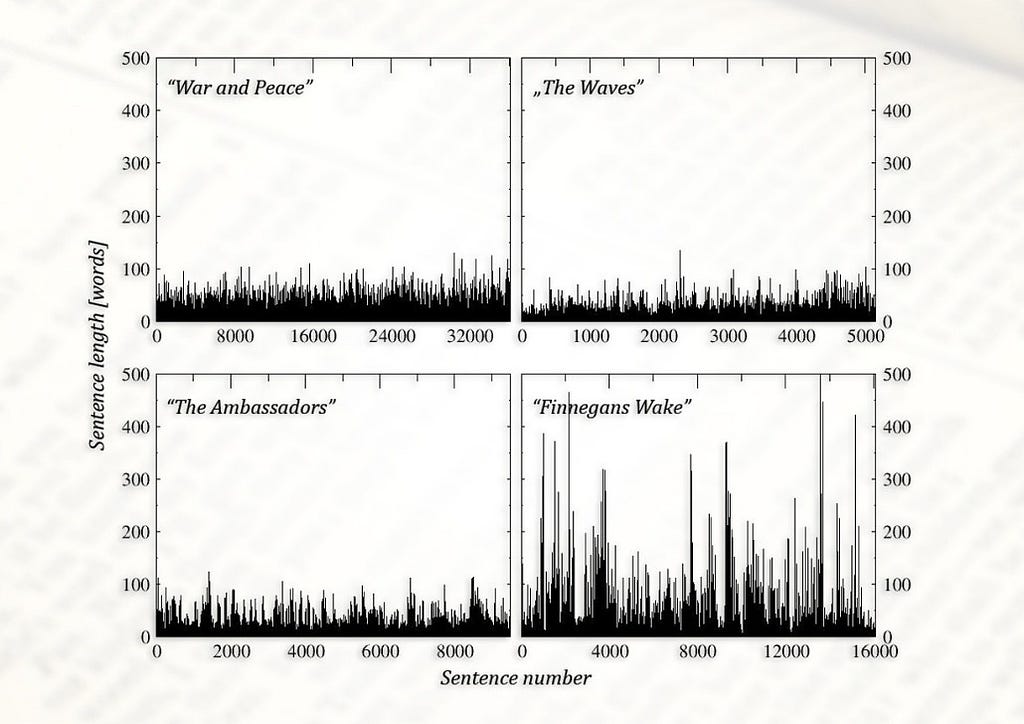news
Classic Novels by James Joyce and Virginia Woolf Contain Mathematical Mulitfractal Structures

Academics at the Institute of Nuclear Physics in Poland put over 100 famous novels through a detailed statistical analysis and found that an “overwhelming” number of the books had a fractal structure. A fractal is a never-ending pattern that is self-similar across different scales. To determine whether the books had fractal structures, the academics looked at the variation of sentence lengths, finding that each sentence, or fragment, had a structure that resembled the whole of the book.
The paper based on the study, recently published in Information Sciences, showed that certain works were more complex than others, specifically the books written in stream-of-consciousness. These could be compared to multi-fractals, according the scientists, who explained that Finnegans Wake by James Joyce had the most complex structure of all. Professor Professor Stanisław Drożdż said: “The results of our analysis of [Finnegans Wake] are virtually indistinguishable from ideal, purely mathematical multifractals.”

Image via IFJ PAN.
The horizontal axis represents the degree of singularity, while the vertical axis shows the spectrum of singularity.

Image via IJF PAN.
Sequences of sentence lengths (as measured by number of words) in four books, representative of various degrees of cascading character.
Other books that had characteristics similar to multifractals include A Heartbreaking Work of Staggering Genius by Dave Eggers, Hopscotch by Julio Cortazar, The USA trilogy by John Dos Passos, The Waves by Virginia Woolf, 2666 by Roberto Bolaño and Joyce’s Ulysses. The paper made sure to note that a literary text will never have the perfect fractality of the world of mathematics, where fractals can be magnified to the infinite, because of the finite nature of a work of literature. There were some surprising works in the stream-of-consciousness genre that did not have fractal characteristics, such as Marcel Proust’s À la recherche du temps perdu and Ayn Rand’s Atlas Shrugged. Drożdż suggested that the scientists’ work may one day help assign books to genres in a “more objective” way.
Professor Drożdż also noted that their findings could mean stream-of-consciousness writers uncovered fractals in nature before scientists, explaining: “Evidently, they had a kind of intuition, as it happens to great artists, that such a narrative mode best reflects ‘how nature works’ and they properly encoded this into their texts. Nature evolves through cascades and thus arranges fractally, and imprints of this we find in the sentence-length variability.”









